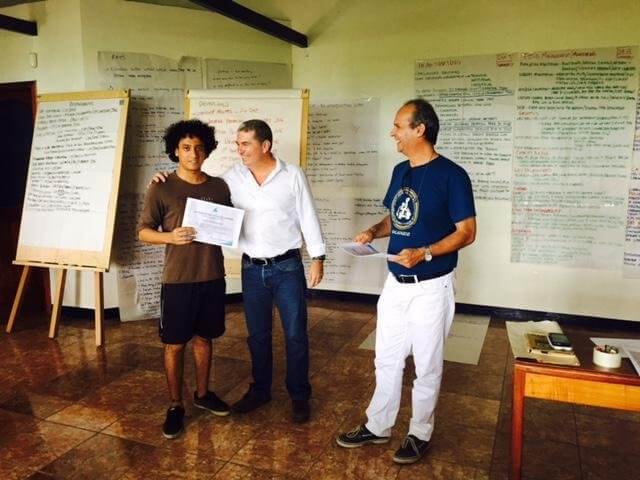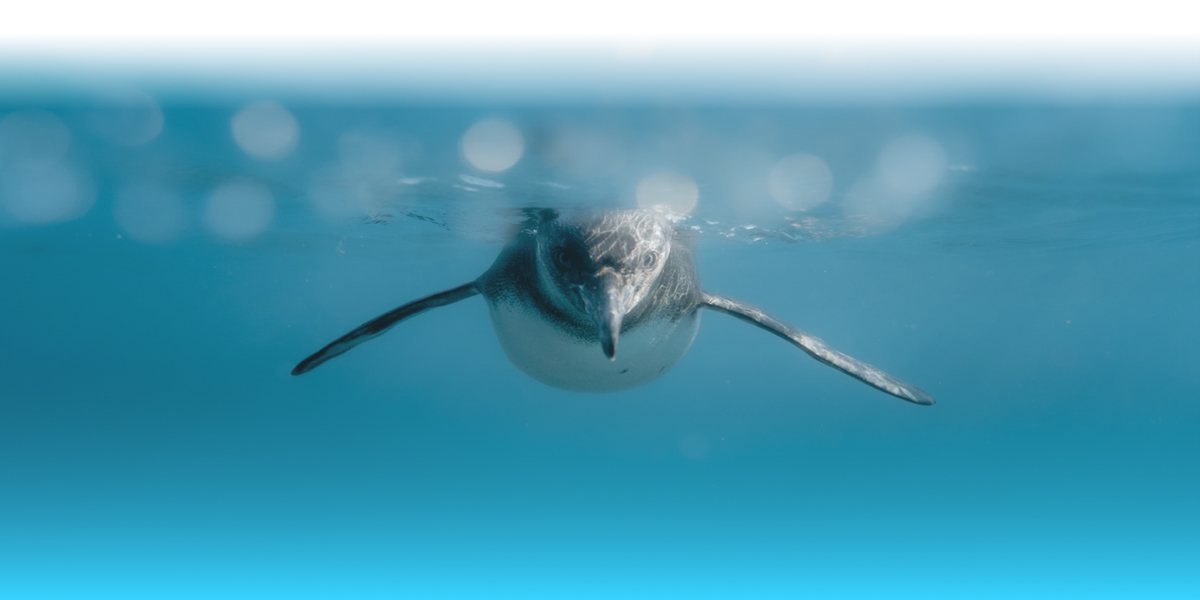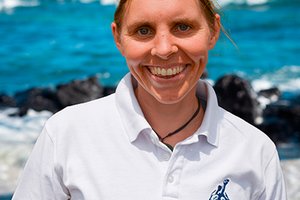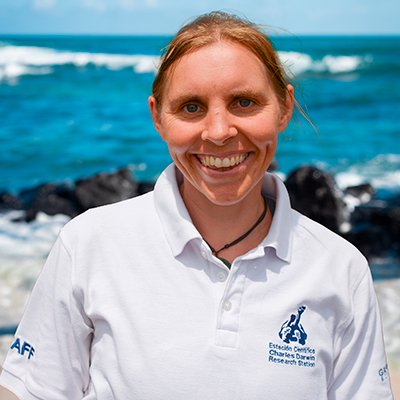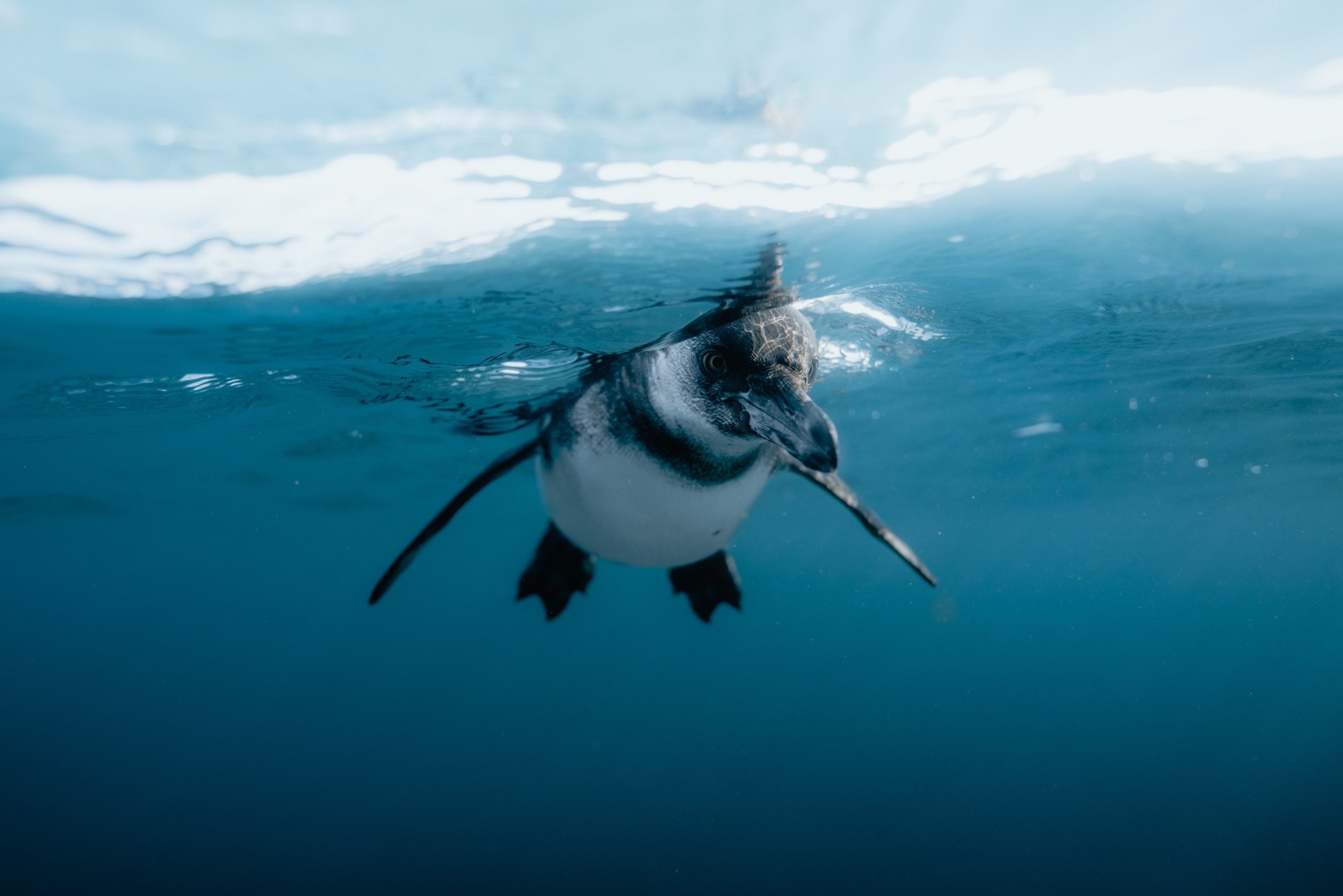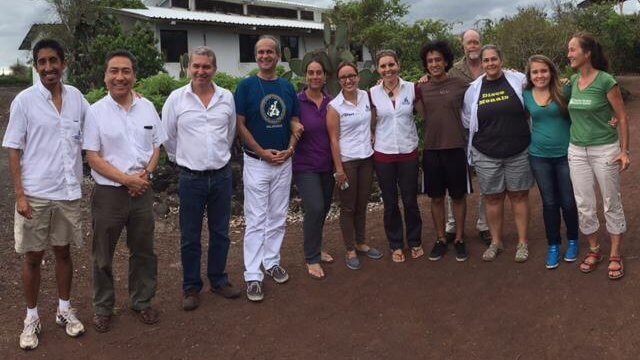
A workshop "Conservation planning for the critically endangered mangrove finch (Camarhynchus heliobates) 2016 - 2020" took place in Puerto Ayora from the 15 – 18 September, 2015. Participants included international specialists who have worked with mangrove finch conservation, project partners and collaborators, institutional stakeholders and young Ecuadorian biologists. Representatives from the following institutions took part: Charles Darwin Foundation, San Diego Zoo Global, Durrell Wildlife Conservation Trust, The Peregrine Fund, Dallas Zoo and Aquarium Inc., University of Missouri St Louis, Invasive Species Fund for Galapagos (FEIG), Island Conservation, Guayaquil University, and Consejo de Gobierno para el Regimen Especial de Galapagos (CGREG).
The agenda included formal presentations with a focus on open round-table discussions. Conservation management actions conducted to date were presented and reviewed and special precedence was placed on incorporating head-starting to meet the long-term goals of the Mangrove Finch Project (increase population size and range of the species).
The main outcome of the workshop is a five year 2016-2020 Action plan for mangrove finch conservation, producing a complementary document to the current 2010 – 2015 Mangrove Finch Action Plan (Fessl et. Al. 2010). The document is currently being compiled by the Project Leader with input and review from workshop participants and will be published in August 2016.
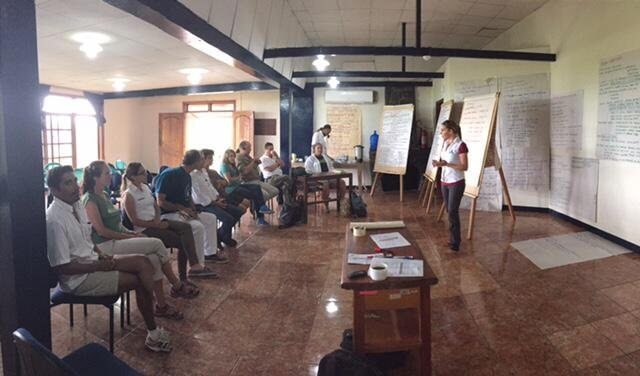
Broad key activities identified for inclusion in the 2016-2020 Action Plan are presented below.
Key activities 2016-2020 Mangrove Finch Action Plan:
- Continue with head-starting for a minimum of two more years
- Publish mangrove finch captive-rearing and head-starting communication protocols prior to 2016 season
- Establish a mangrove finch conservation steering committee
- Conduct a review following 2017 head-starting to determine whether captive-reared chicks recruit into wild populations
- Steering committee evaluate and determine whether to continue with head-starting and whether to release captive-reared birds back into PTN or whether to reintroduce them into a new area
- Determine two potential recovery sites prior to 2018 and prepare them for introduction
- Continue with annual population monitoring
- Continue and improve introduced predator control
- Continue to collaborate with Philornis Project – if an effective control method is developed, start to use in mangrove finch habitat and monitoring nesting success to see if there is an increase
- Conduct annual outreach activities in Puerto Villamil
- Increase project sustainability by continuing to build capacity among Ecuadorian project participants
